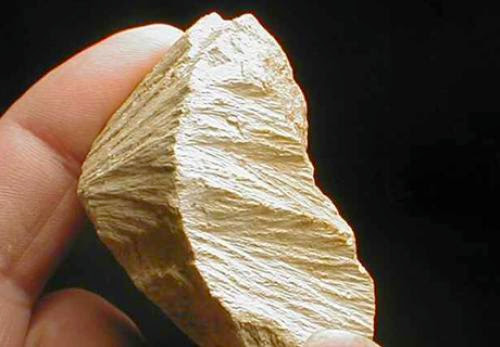
In a temple normal religious observances are performed throughout the day: waking the deity in the morning and the bathing, feeding and putting to rest at night. When entering the temple the devotee rings a bell which is suspended from the ceiling at the entrance. This is done in order to shut out external sounds and to enable the devotee to make the mind go inward and get concentrated. It also indicates the presence of the devotee in front of god. Lights are waved before the deity denoting that the Lord is "all light' and also as a mark of respect conveying the devotee's reverence. Incense is lighted to denote that the Lord is all-pervasive. The incense acts as a disinfectant also. The burning of camphor denotes that the ego should melt like it and the individual soul should become one with the Supreme. The devotee offers sweets, rice, fruit, etc., to the Lord. These are then distributed among the members of time household or the devotees present at the temple This is called prasad. The priest puts a red or yellow paste on the forehead of the devotee. This is called tilak and is applied on the forehead between the eyebrows at a point called the 'ajna chakra', indicating where the third or the spiritual eye is. This is not to be confused with the bindi mark which Indian ladies put on the forehead which is decorative or to indicate their marital status.
Circumambulation around the idol is done after the prayers. The idol is supposed to generate a halo the advantage of which can be taken on going around it in the clockwise direction. Worship is of two kinds. The first is saguna, in which the worshipper uses a concrete symbol or idol which helps him to concentrate more easily. The second is nirguna which is a higher step in which concentration is done on the Absolute by drawing the mind inward, without the help of any physical symbol to fix the mind on. In Hindu worship it is not compulsory to go to a temple. One can meditate on the Absolute anywhere.HANDICRAFTS
Origin: invocation-rituals.blogspot.com







